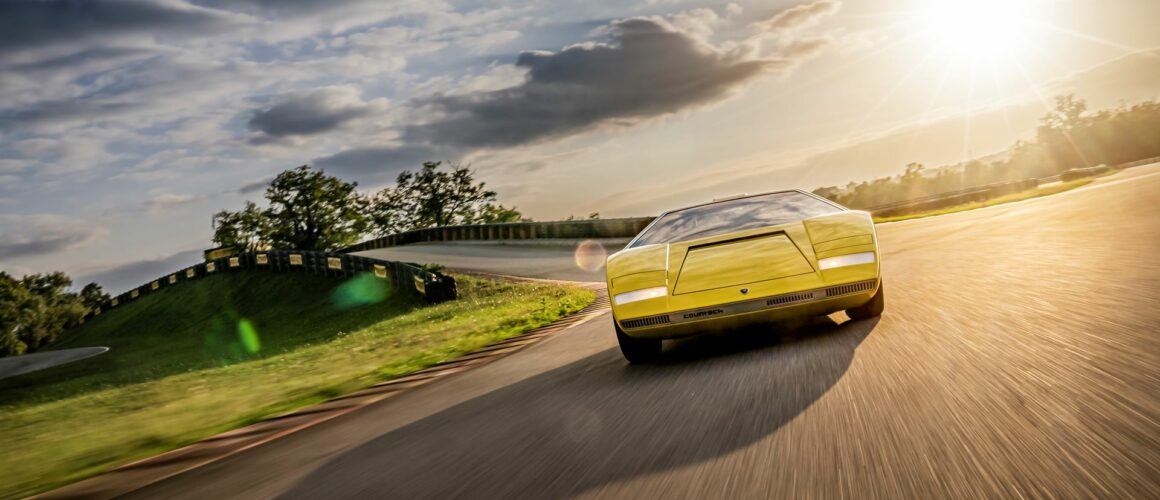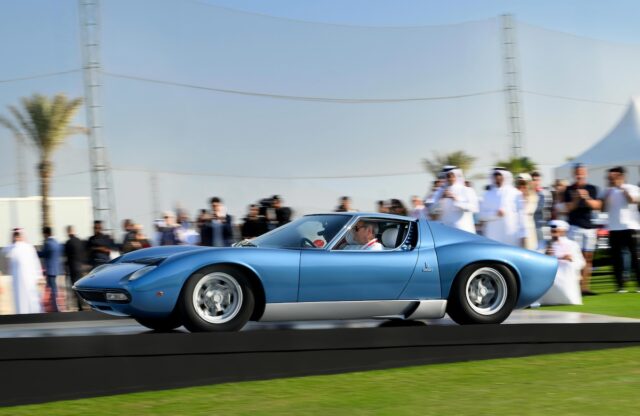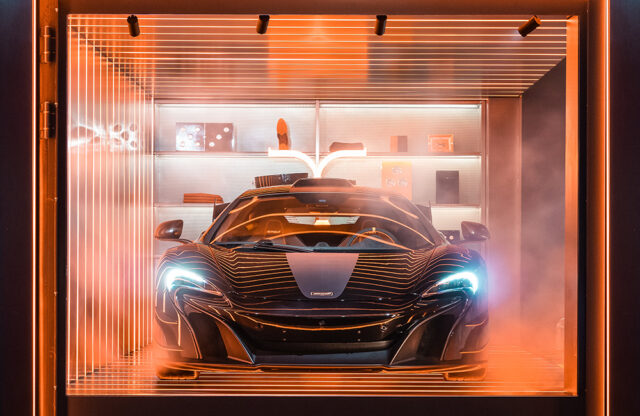When talking about the significance of the Lamborghini Countach, everyone has heard the classic bedroom-wall analogies ad nauseam by now. So, let’s think of it another way.
The Countach was unveiled at the Geneva Motor Show in 1971. Fifty years earlier, the Ford Model T was still in production and the Austin 12 had just come out. It is difficult to perceive any car from the 1920s still being culturally relevant, or even capturing the imagination of young boys, in the 1970s, but that’s exactly what the Countach does today, five decades later. That fact alone gives you some estimation of what it must have been like, looking at the extraterrestrial wedge of hedonism and excess that this Lamborghini was in the ’70s. Few cars since have even come close to making such an impact.
Adding further to the shock and awe the Countach created, was the timing of its eventual production release. Back in 1974, the world was in the depths of a major fuel crisis, raising petrol prices to astronomical levels. Catalytic converters had been introduced in an admirable effort to fight pollution, but unfortunately these diluted engine performance at the same time, and bulky, unattractive front and rear crash bumpers had been enshrined into American law. Cars seemed to be getting uglier, more sensible and slower; for enthusiasts, the Countach was a welcome escape from all that.
However, despite the model’s warm reception, the fuel crisis undoubtedly hindered the commercial viability of both it and its manufacturer in general. Lamborghini eventually went bankrupt in 1978, only to emerge two years later under new ownership.
The Countach survived this financial turmoil, and remained in production until 1990. Just 1999 examples were built during the car’s 16-year production run, its engine and bodywork becoming increasingly, utterly and unapologetically outlandish as the decades went by.
ENGINE
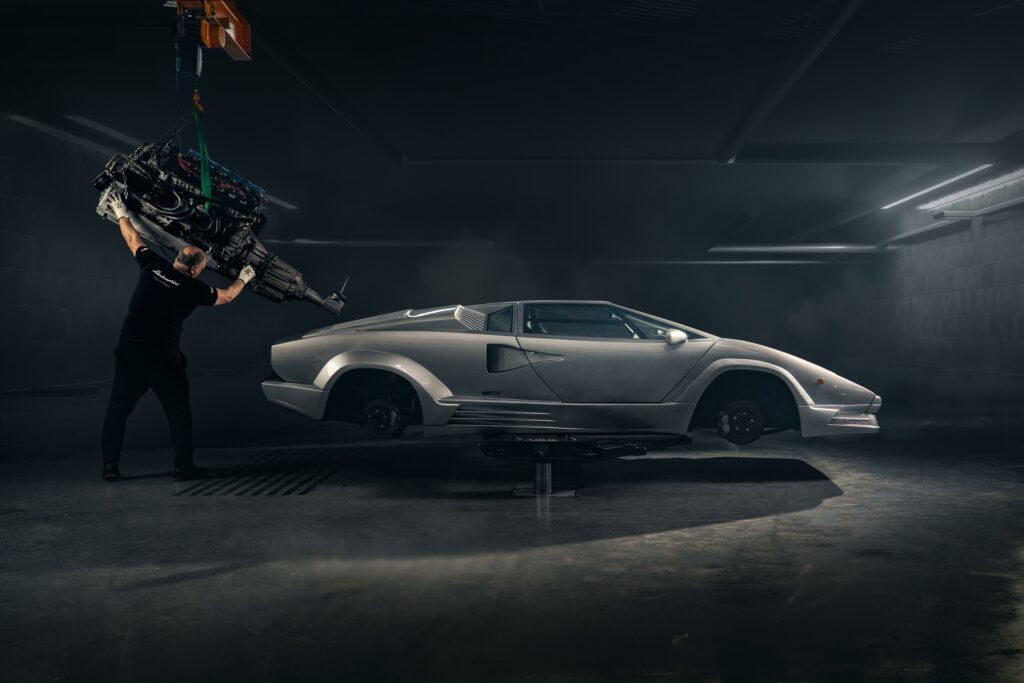
The Countach’s Bizzarrini V12 started life in 1963 in Ferruccio Lamborghini’s first model, the 350GT. It became the basis of every V12 Lambo until the Murciélago SV became the last car to use it, in 2010.
Its longevity alludes to the integrity of its design, but that doesn’t mean it is immune to technical issues. The engine was originally a 3929cc unit, growing to 4754cc and finally 5167cc on the later cars.
Valve clearances must be adjusted every 15,000 miles. This is a labour-intensive task and requires the removal of the carburettors, which are used in all Countachs other than the American-specification QV versions.
Oil and filter changes should be carried out at least every 6000 miles. High-quality semi-synthetic should be used in this engine, and plenty of it – 16 litres, to be exact. The vast quantity of lubricant means the motor can take a while to warm up. When settled, the gauge should read at 87psi once the car is on the move. If there’s oil around the sill area, check that the feed pipe that runs from the radiator back into the engine hasn’t split.
A spluttery powerplant most often points towards a faulty Magneti Marelli electronic ignition – a common problem on these cars. Most have been replaced by now. Coolant should read at 90ºC.
It’s essential for you to find a Countach that has been well maintained and looked after; an engine rebuild costs £15,000.
GEARBOX
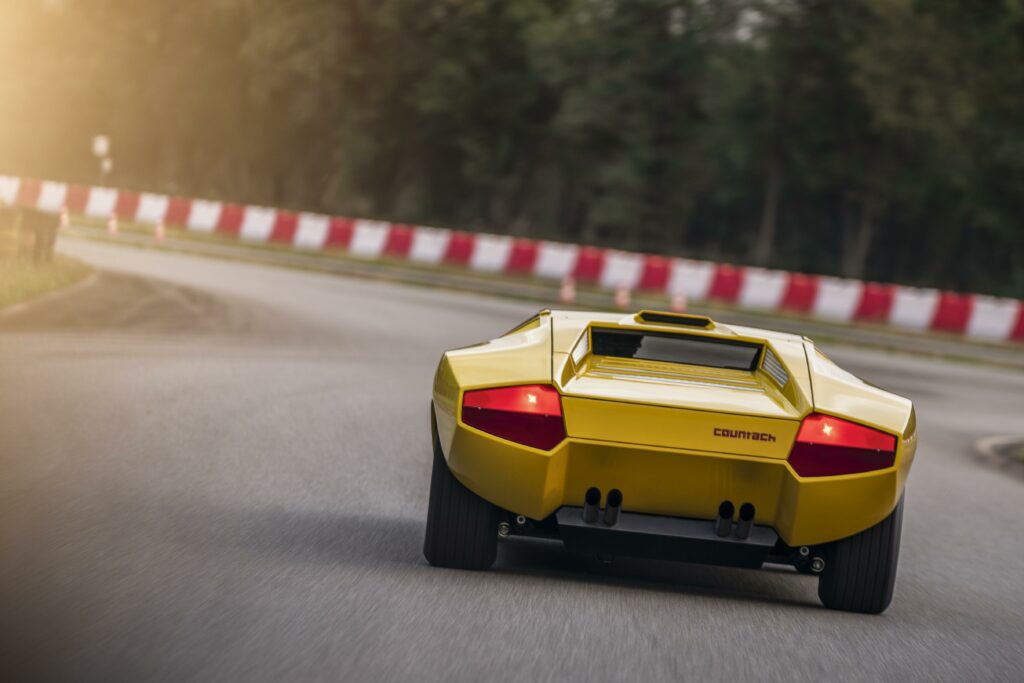
The agricultural, heavy throw of a Countach gearbox is common knowledge and no cause for alarm. Second ratio is difficult to engage when the car is cold.
The ’box is located directly under the centre console. This means transmission noise is to be expected, but it is masked by the engine to an extent. However, if the gearbox is excessively vocal, the bearings could be worn out.
Replacing the clutch means removing the engine; an unsurprisingly expensive job. So be wary of the clutch slipping and a high biting point, and check when the unit was last changed, to save yourself from future expense. Finally, the brake and clutch fluid should be changed every two years. Slave cylinders also need replacing regularly, and doing so will prolong the life of your Lamborghini’s clutch.
SUSPENSION AND BRAKES
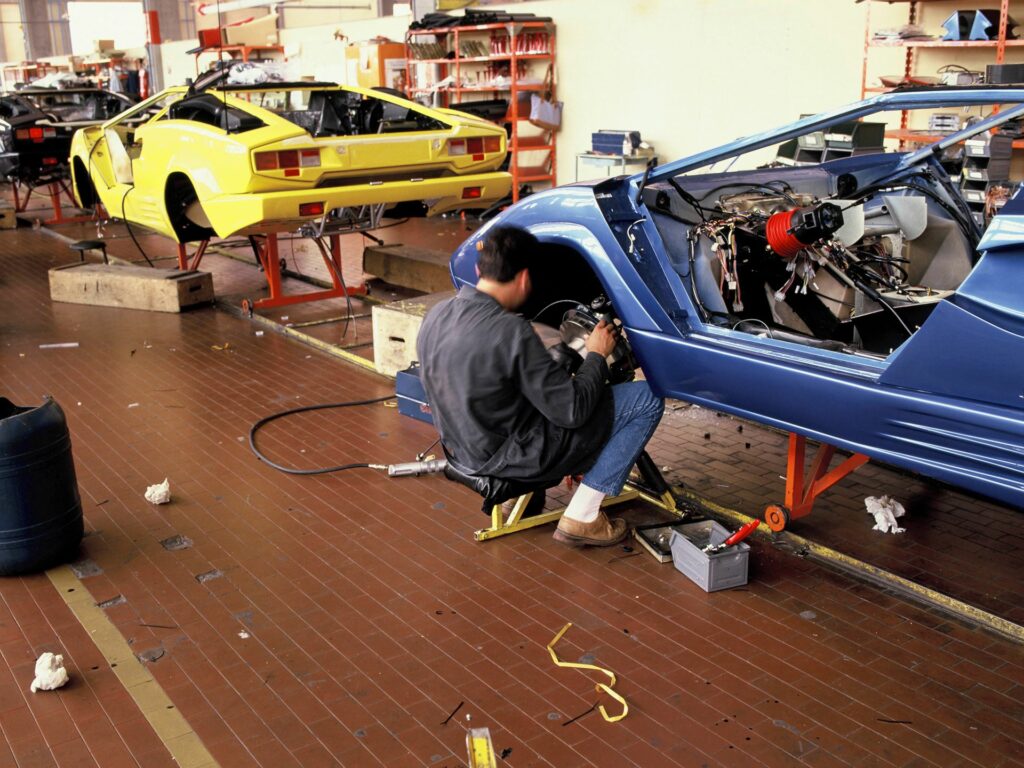
A unique feature of the Lamborghini Countach’s suspension is that it is virtually free of rubber. This is good news on a classic car, because it prevents the issue of rubber perishing as the decades pass by.
Instead, the suspension uses racing-car-esque rose joints. The bad news is that repairing these components can be expensive – and there are ten on each side at the rear, where the set-up comprises lower wishbones and upper trailing links. Unpleasant noises from the back are often down to bad rose joints, but can also be due to anti-roll bar joints, too.
The front suspension is a double-wishbone arrangement. Front tie-rods can easily be damaged if the car has been jacked up badly. Stub axles can fracture, but uprated aftermarket replacements are available that cure this problem.
Countach brakes are discs all round, and they require a very firm push from the pedal to produce the desired stopping power. Carbon brake pads are said to considerably improve this less-than-desirable Countach quirk.
BODYWORK AND INTERIOR
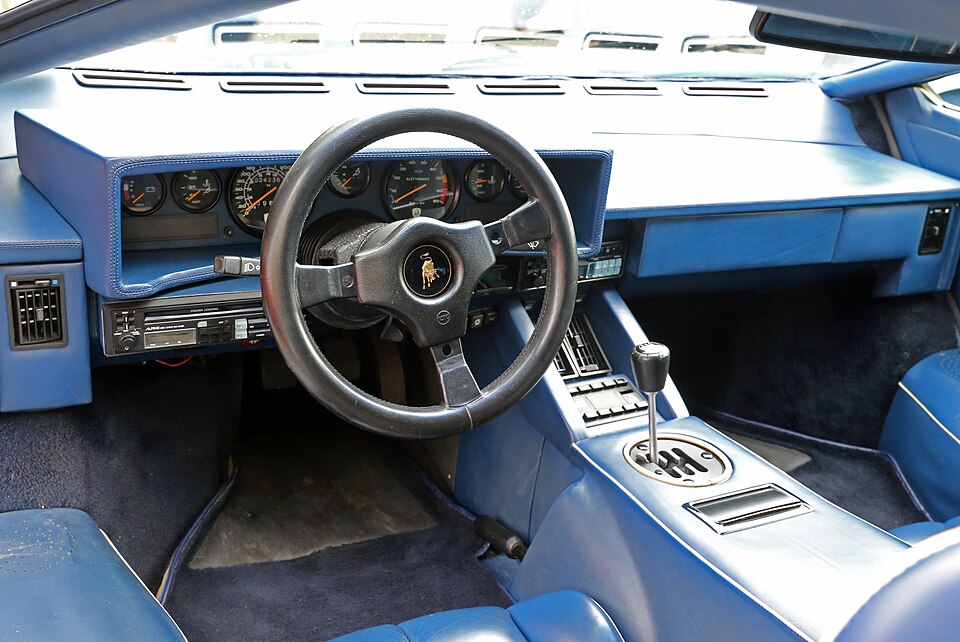
The chassis is a steel tubular spaceframe. It can rust, so do your utmost to verify that the structure is rot free. The chassis is adorned with aluminium panels that can also corrode, particularly where glassfibre body extensions have been fitted. The later cars featured a steel roof, and all models have steel headlight pods, so be vigilant in these areas, too.
Check the quality of paint covering glassfibre components such as the engine cover and wheelarches. This can reveal whether the car is wearing its original finish; if so, you will see the glassfibre weave underneath the paint.
Bizarrely, the fuel-filler cap is located in the engine’s right-hand-side air intake, so have a look at the paint in this area for scratches from the car being refuelled. Poorly fitted and rippled body panels indicate that the vehicle may have previously been in an accident.
The car’s air-conditioning is famously temperamental, and the windows barely open at all, so to avoid a very hot interior it’s good to ensure the air-con is doing its job. Check the gauges and switchgear are working properly, and that the leather interior is in decent condition.
WHICH LAMBORGHINI COUNTACH TO BUY

The Countach is well established as a flawed but highly sought-after machine. Its many technical quirks and foibles that make it difficult to live with have been referred to endlessly – and besides, this is not a car to buy for rationality.
That said, it is far from a bad drive. It’s surprisingly compact; at 4.1 metres, it is only a touch longer than a modern Mazda MX-5, and it’s a mere 15cm wider than a Ford Fiesta. Later cars supply huge grip from the massive tyres, and the sonorous V12 is an obvious highlight.
The early LP400 models are the most desirable and expensive, but each variant has its merits – and the additions to the bodywork are a matter of preference. Whichever you choose, make sure you get a specialist to check a potential purchase over before you buy it. Finally, ensure you drive it; there’s no better way to promote the Countach’s legacy than for people to see it in the metal.
Thanks to Lamborghini for the technical information contained in this guide.
WHAT TO PAY
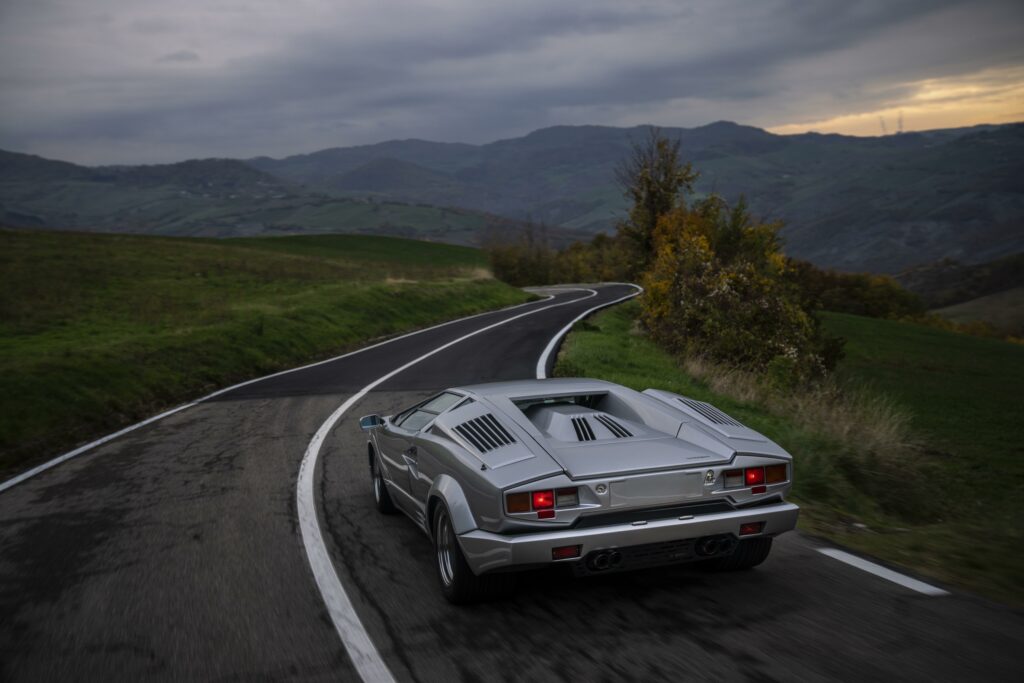
(1985 LP500S, UK)
Fair: £219,000
Good: £233,000
Excellent: £287,000
Concours: £337,000
(LP500S, US)
Fair: $350,000
Good: $430,000
Excellent: $535,000
Concours: $741,000
SPECIFICATIONS
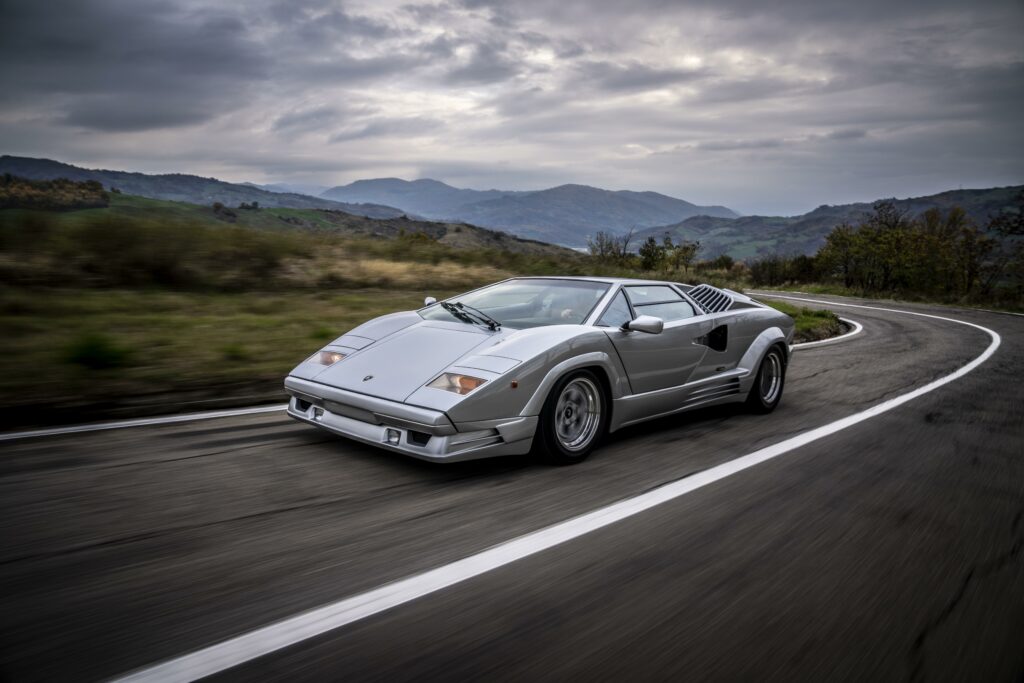
LP400 4.0-litre V12
Power: 375bhp
Top speed: 175mph
0-60: 5.6 seconds
Economy: 12.0mpg (est)
LP5000 QV 5.2-litre V12
Power: 449bhp
Top speed: 185mph
0-60: 4.3 seconds
Economy: 13.0mpg (est)

